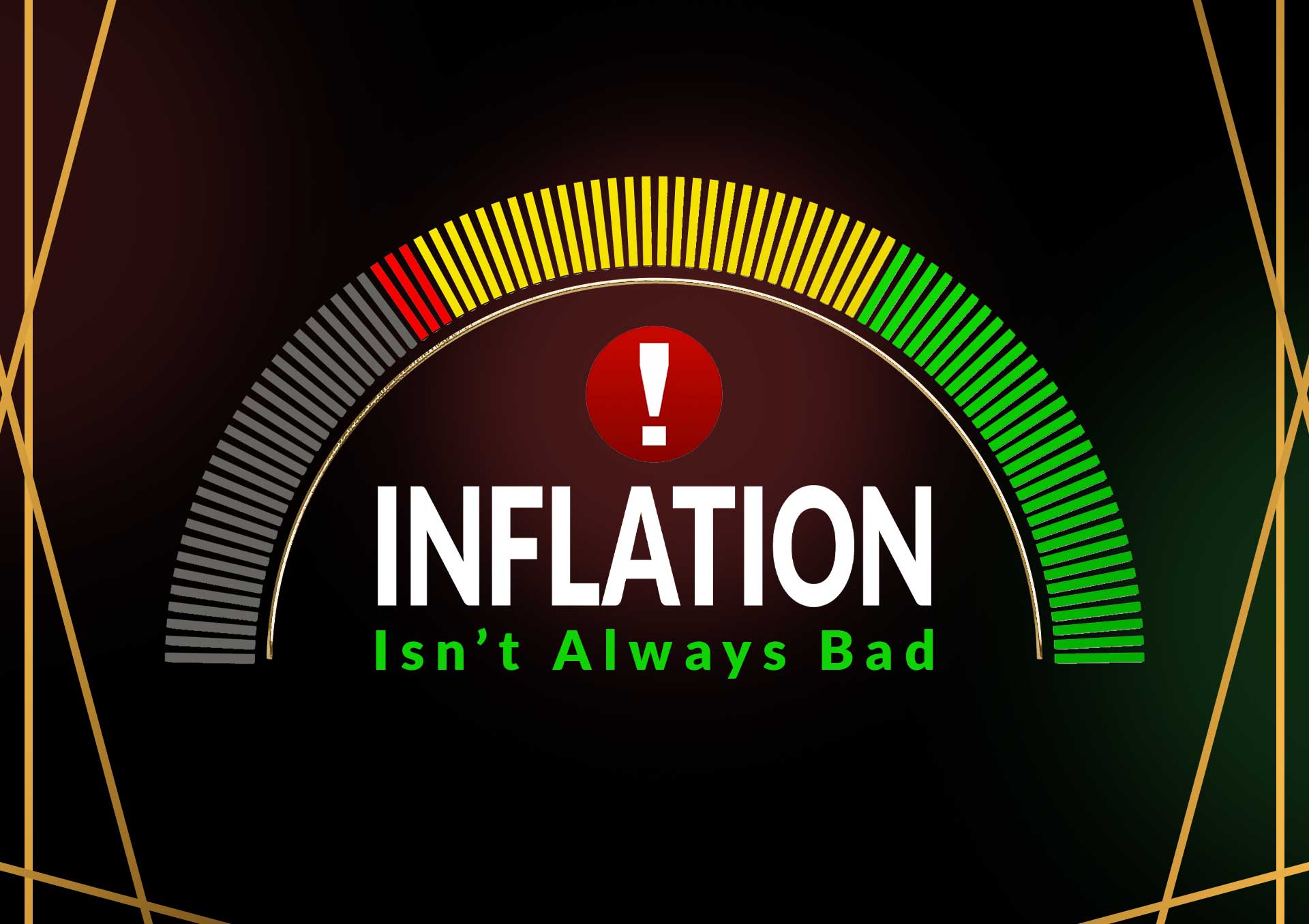التضخم ليس دائماً سلبي!
- Home
- Information Center by DahabMasr
- التضخم ليس دائماً سلبي!

التضخم ليس دائماً سلبي!
May 13, 2023
By
Dahab Masr Analytic Team
0 comment(s)
مفهوم التضخم
التضخم : التضخم هو زيادة في متوسط أسعار السلع والخدمات لدوله من فتره الي اخري
كيفيه قياس التضخم : حساب متوسط سعرالسلع و الخدمات خلال فتره زمنيه
ينقسم التضخم الي نوعين
التضخم الاساسي : الهدف من تحديد التضخم الاساسي هو تحديد ما اذا كان ارتفاع الاسعار ينتج عن تكالب في الطلب على السلع ام انه ناتج عن عوامل مؤقتة وعارضة، لذلك عند قياس التضخم الاساسي يتم استثناء بعض السلع التي يكاد يكون التغير في سعرها يشوه البيانات او يعطي رقما غير منطقيا. (يستثني :السلع المحدده اداريا – السلع الغذائيه مثل السلع و الفاكهه )
التضخم الكلي : يقوم بقياس معدل التغير في اسعار جميع السلع و الخدمات بحيث يتم احتساب هل ان القدرة المالية للمواطن (هدفه قياس تجريه المواطن بالنسبه للسلع و الخدمات )
تحليل لدوافع التضخم وما الذي يجعل التضخم يزداد او ينخفض
العوامل المدفوعه بالعرض
هي نقص السلع و الخدمات و ارتفاع أسعارها لاسباب جيوسياسيه او جيوجغرافيا ويجب ان نفرق ما بين ارتفاع الأسعار و نقص السلعه مثل تحجيم صادرات روسيا من النفط مما ادي الي ارتفاع الأسعار حيث كان سعر النفط قبل العقوبات يتراوح بين 99.02 الي 99.50 دولار للبرميل و حاليا يتراوح 139.13 – 139.50 دولار و هذا يعد اعلى سعر وصل له سعر برميل النفط منذ الازمه الماليه في 2008. و من الأسباب الجيوجغرافيا حدوث كوارث طبيعيه مثل الزلازل و الأعاصير و البراكين.
العوامل المدفوعه بالطلب
من الأسباب الرئيسيه الموثره لحدوث زياده في التضخم هو زياده الطلب علي السلع ويحدث ذلك بسبب زياده في المعروض النقدي عن طريق طباعه النقود او الاقتراض من الخارج مما يودي الي تدهور القيمه الفعليه للعمله
هل التضخم يعد شيء إيجابيا
التضخم ليس دائماً سيئا ويمكن أن يكون له بعض الآثار الإيجابية في بعض الحالات على سبيل المثال يمكن أن يحفز التضخم الطلب على السلع و المنتاجات بسبب التخوف من ارتفاع الأسعار فيزيد الطلب علي السلع
مثال : ما حدث في أمريكا قبل سياسه الفيدرالي الأمريكي في رفع الفائده و تخوف الشعب الأمريكي من التضخم مما زاد الطلب علي السلع بصوره كبيره
وبالتالي سيؤدي ذلك الى زيادة الإنتاج والوظائف مما يعزز النمو الاقتصادي. وبالإضافة إلى ذلك يمكن أن يحفز التضخم الاستثمار في الأصول الثابتة مثل العقارات والأسهم والسندات و الذهب و المعادن النفيسه حيث يمكن أن تزيد قيمتها مع تزايد الأسعار دليلا علي ذلك محاوله اليابان في رفع نسبه التضخم حيث ظل معدل التضخم الياباني اقل من 2 % على مدار الـ 25 سنه الماضية حيث تعمد بنك اليابان من إبقاء أسعار الفائده منخفضه وهذا يجعل اقتراض الأموال للشركات أرخص، مما قد يؤدي إلى مزيد من الاستثمار والنمو الاقتصادي
يمكن القول إن التضخم ليس دائماً سيئاً، ولكن عندما يتجاوز مستواه الطبيعي، فإنه يمكن أن يكون له آثار سلبية على الاقتصاد والاستثمار. ولذلك، تسعى الحكومات والمؤسسات المالية العالمية إلى مراقبة معدلات التضخم والتدخل عند الحاجة للحفاظ على الاستقرار وتشجيع النمو الاقتصادي
الاستثمار
هو عملية وضع المال أو الموارد الأخرى في مشروع أو نشاط معين بغرض تحقيق عائد في المستقبل . ويشمل الاستثمار عدة أصناف مثل الأسهم، والسندات، والعقارات، والأعمال التجارية و الذهب و المعادن النفيسه و المشاريع الاستثماريه الاخري
تاثير التضخم علي الاستثمار
ويُعد التضخم مصدر قلق للمستثمرين حيث أن التغيرات في معدلات التضخم وأسعار الفائدة و الاحداث الجيوسياسيه تؤثر على أنواع الأصول المختلفة بطرق مختلفة. وهذه مسألة ذات أهمية خاصة بالنسبة للأشخاص أصحاب الدخل الثابت
ويعتمد تأثير التضخم على محفظتك الاستثمارية على أنواع الأصول التي تمتلكها. فإذا كنت تستثمر في الذهب فإن القلق بشأن التضخم لا ينبغي أن يكون موجودًا، حيث يعد الذهب تاريخيًا تحوطًا جيدًا ضد التضخم على المدى الطويل وبالتالي ترتفع أسعار الذهب بجانب انخفاض قيمة العملة بشكل عام لانه يعد اداه تحوط من المخاطر و بسبب ذلك معظم البنوك تتجه الي شراء الدهب فاوقات الازمات الاقتصاديه
أما مستثمري الدخل الثابت (السندات) هم الأكثر تضررًا من التضخم. مثلًا على افتراض أنك قمت باستثمار 1000 دولار في شراء سندات الخزينة مع عائد 10%،هنا أنت على وشك أن تحصل على 1100 دولار امستحقة لك، السؤال هنا هل الـ 100 دولار التي تمثل العائد على السند هي بنفس قيمة الـ 100 دولار منذ عام مضى؟؟ بالطبع لا
فعلى افتراض أن التضخم كان إيجابيًا لهذا العام بالتالي ستنخفض القوة الشرائية لأموالك ومن ثم سينخفض العائد الحقيقي. لذا فيجب علينا أن نأخذ بعين الاعتبار معدلات التضخم وتأثيرها على عائداتك. فإذا كان التضخم 4% يجب أن يكون العائد 6%. وتذكر أن التضخم يستفيد منه المقترضين على حساب المقرضين
ويُوضح المثال الفرق بين معدل الفائدة الإسمي ومعدل الفائدة الحقيقي. معدل الفائدة الإسمي هو معدل نمو أموالك في حين أن معدل الفائدة الحقيقي هو نمو القوة الشرائية لأموالك. وبمعنى آخر فإن معدل الفائدة الحقيقي هو معدل الفائدة الإسمي بعد خصم التضخم منه
وأنت كمستثمر يجب أن تنظر إلى معدل العائد الحقيقي لأموالك. وفي الأغلب ينظر بعض المستثمرين فقط للعائد الإسمي وسينسون قوتهم الشرائية
قد اعتبر الذهب والمعادن النفيسة الأخرى أفضل تحوط ضد التضر خم، حيث ترتفع قيمتها مع انخفاض قيمة العملة. أما السلع الاستهلاكية تميل إلى أن تصبح ضعيفة أمام التضخم وليست أداة تحوط جيدة ضد التضخم



 EN
EN